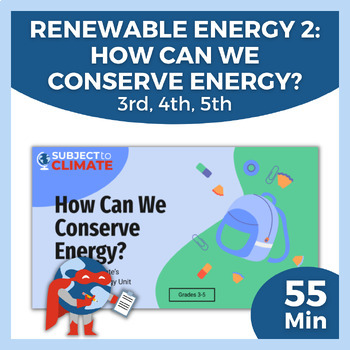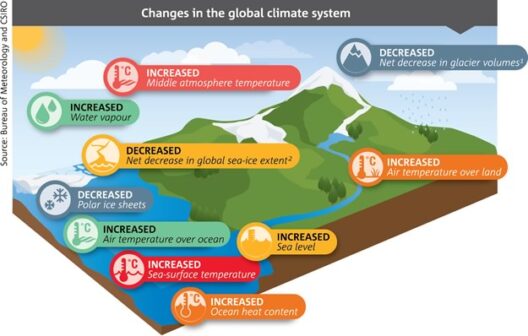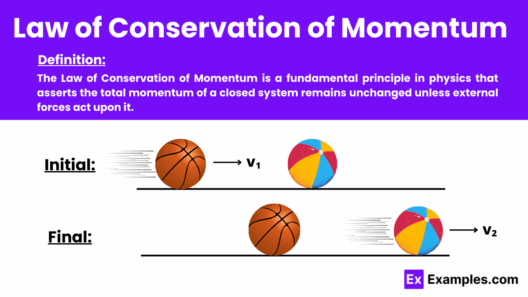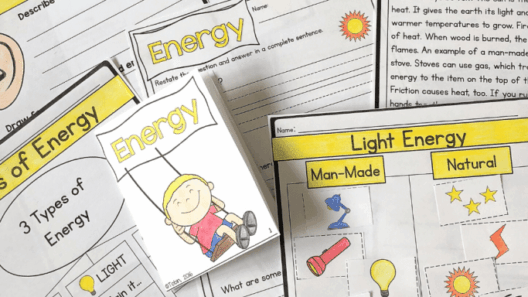In a world increasingly buffeted by the dire repercussions of climate change, the urgency of conserving renewable energy sources has never been more pressing. Our reliance on fossil fuels is not merely detrimental to the environment; it endangers our very existence. Fortunately, the paradigm is shifting. This evolution in perspective leads us to an imperative question: How can we conserve renewable sources of energy before it’s too late?
To embark on this insightful journey, we must first grasp the essence of renewable energy. Unlike finite sources like coal or oil, renewables—such as solar, wind, hydroelectric, and geothermal energy—are inheritably sustainable. They replenish naturally and can provide an enduring energy supply if used judiciously. Yet, despite their astronomical potential, we find ourselves at a precipice, teetering on the edge of exhaustion due to misuse and neglect.
One of the foremost strategies in conserving renewable energy lies in the amplification of energy efficiency. We must recognize that even renewable energy systems have limitations. Optimizing the way we generate and utilize this energy is crucial. Simple adjustments in households and businesses, such as adopting energy-efficient appliances, can yield significant reductions in energy consumption. Implementing practices like smart thermostats and LED lighting can substantially diminish energy waste. This meticulous attention to efficiency promotes a culture of conservation that stretches beyond devices and delves into our daily habits.
Another fundamental mechanism for conserving renewable energy is through the enhancement of energy storage technologies. As the reliance on renewable sources burgeons, so too does the necessity for efficient storage solutions. Innovations such as advanced battery technologies allow us to capture excess energy generated during peak production times and release it during periods of high demand. This capability not only maximizes renewable energy utilization but also stabilizes energy supply, addressing concerns over intermittency—a common critique associated with renewables.
Furthermore, the development and strategic placement of renewable energy infrastructures merit closer inspection. Communities can thrive on locally generated energy, harnessing resources available within their geographic confines. For instance, solar panels can adorn rooftops, wind turbines can harness local breezes, and community-based hydroelectric projects can effectively channel river currents. By decentralizing energy production, we can diminish transmission losses, which often occur during the extensive transportation of energy over long distances. This tangible approach also cultivates a sense of self-sufficiency within communities, fostering a collective commitment to sustainability.
Transitioning to a green economy is another critical pivot in conservation efforts. Governments, corporations, and individuals must align with policies and practices that encourage the usage of renewable resources. Green financing—investing in projects that promote sustainable energy—stimulates innovation and ensures the long-term viability of renewable sources. This can be accomplished through incentives such as tax rebates for solar panel installation or subsidies for companies that adopt sustainable business practices. Broadly, embracing a cycle of investment and innovation is vital; it creates a positive feedback loop where the benefits of renewable energy can be reinvested into further advancements.
Moreover, education and awareness play an indispensable role in this conservation narrative. Engaging communities and fostering a deep understanding of energy conservation is pivotal. Initiatives aimed at educating the public about the environmental impacts of their choices can inspire behavioral shifts that enhance renewable energy usage. Schools and educational institutions have a unique opportunity to incorporate these principles into their curricula, instilling a sense of responsibility in the next generation. Workshops, community discussions, and informational campaigns can galvanize public support for transitioning to renewable energy solutions.
Corporate responsibility is also paramount in this ecological endeavor. Businesses wield substantial influence over energy consumption patterns. Companies must embrace sustainability not just as a trend but as a fundamental principle. This entails comprehensive sustainability audits, commitment to reducing carbon footprints, and increasing reliance on renewable energy for operations. The implementation of corporate social responsibility (CSR) initiatives can further solidify a company’s dedication to environmental stewardship, showcasing the profound interconnection between ecological well-being and business success.
Equally significant is the role of technological advancements in reshaping the renewable energy landscape. Innovative solutions from artificial intelligence and blockchain could revolutionize how we manage and distribute renewable energy. Smart grids, propelled by AI, can optimize energy distribution and reduce wastage effectively. Peer-to-peer energy trading enabled by blockchain technology can empower individuals to sell excess energy back to the grid, further incentivizing renewable energy generation. These novel applications not only streamline processes but also democratize energy access.
In conclusion, the call to conserve renewable sources of energy rests firmly in our hands. Embracing energy efficiency, bolstering energy storage systems, decentralizing energy production, investing in sustainability initiatives, and creating awareness are pivotal. Corporate practices should shift toward sustainability, leveraging technological advancements as cornerstones of innovation. By integrating these multifaceted strategies, we can transition our energy systems from vulnerability to resilience. The road ahead is laden with challenges, but the promise of a sustainable future rests upon our commitment to these essential practices, ensuring that renewable energy sources can not only thrive but flourish.








